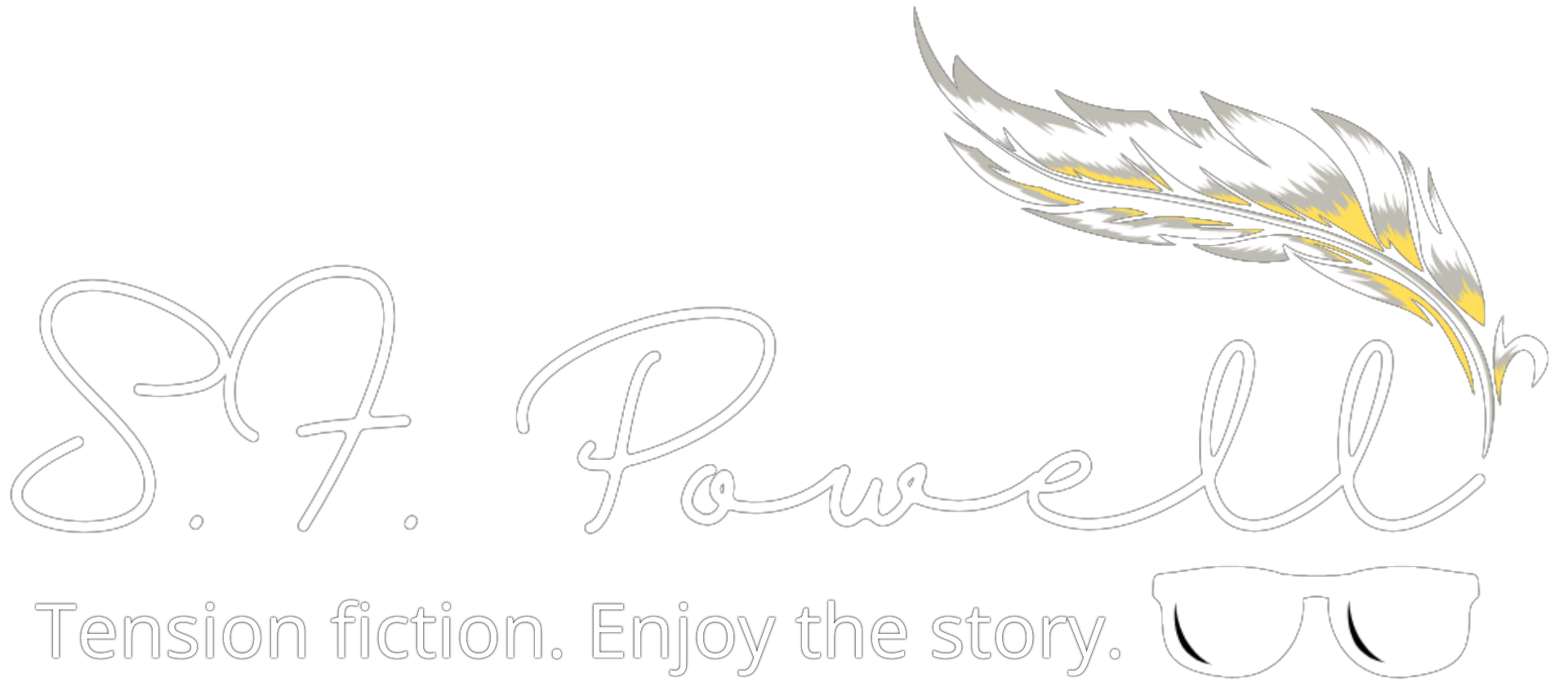After the Book is Written

With so much time indoors during 2020, you finally finished that novel, no?
For first-time authors answering, ‘yes,’ there’s likely a new question: now what?
To begin, whether going the traditional or self-publishing route, a key first step is research: familiarize yourself with publishers. The options are numerous. Beyond knowing where to send your manuscript, the goal is learning as much about publishers and the publishing world as possible.
If going the traditional route, include these considerations in your research:
-
-
- Publisher’s book themes/genres wanted.
- Guidelines or restrictions related to manuscript formatting and submission.
- The ‘hurdle’ of only ‘agented’ submissions.
-
Getting Started
So, what resources are available for this research? Again, options are varied. Books on publishing are ideal (of course). First, utilize your local library and do your homework there before committing to buying any books for reference. Also, peruse books in your genre in local libraries or bookstores. Make note of the publishers.
Back in front of your computer, perform a standard internet search. Moreover, review publisher’s writer’s guidelines for rules and restrictions. If this information isn’t available on their website or in a book, consider a good old-fashioned professional phone call.
Note: most publishers only accept ‘agented’ submissions. Representation by a literary agent offers many benefits; they have access to inroads normally unavailable. As such, research literary agents, too. Be warned: even with great talent and a pristine submission package, landing a literary agent is rather difficult.
Research done, the next step is ensuring your manuscript and related documents are easy to read and formatted properly. This includes your cover letter and book proposal. Many authors merge these two documents but consider this with caution. Cover letters and book proposals are informative yet succinct.
Proofing and Rules
Before submitting anything, have your submission package ‘proofed.’ Regardless of how good your proofreading skills, you’ll likely miss some errors. A second set of professional eyes is advised. Consider using professional services such as an editor.
Next, follow the guidelines of your select publisher(s) and submit your proofed package. Publishers often provide turnaround times for receiving a response. Expect a response in two to four months. If you don’t receive a response within that time, follow up contact for a status is acceptable. However, be sure the outlined response time has indeed passed. Requesting a status too early can cost you further consideration.
Lastly, rejection letters happen. They’re common and expected. If your dream is sharing your vision (fiction or non-fiction), don’t give up.
Although these steps primarily focus on a traditional publishing route, the self-publishing route involves much of the same (minus the literary agent). With solid research and preparation, publication doesn’t have to be a dream.

